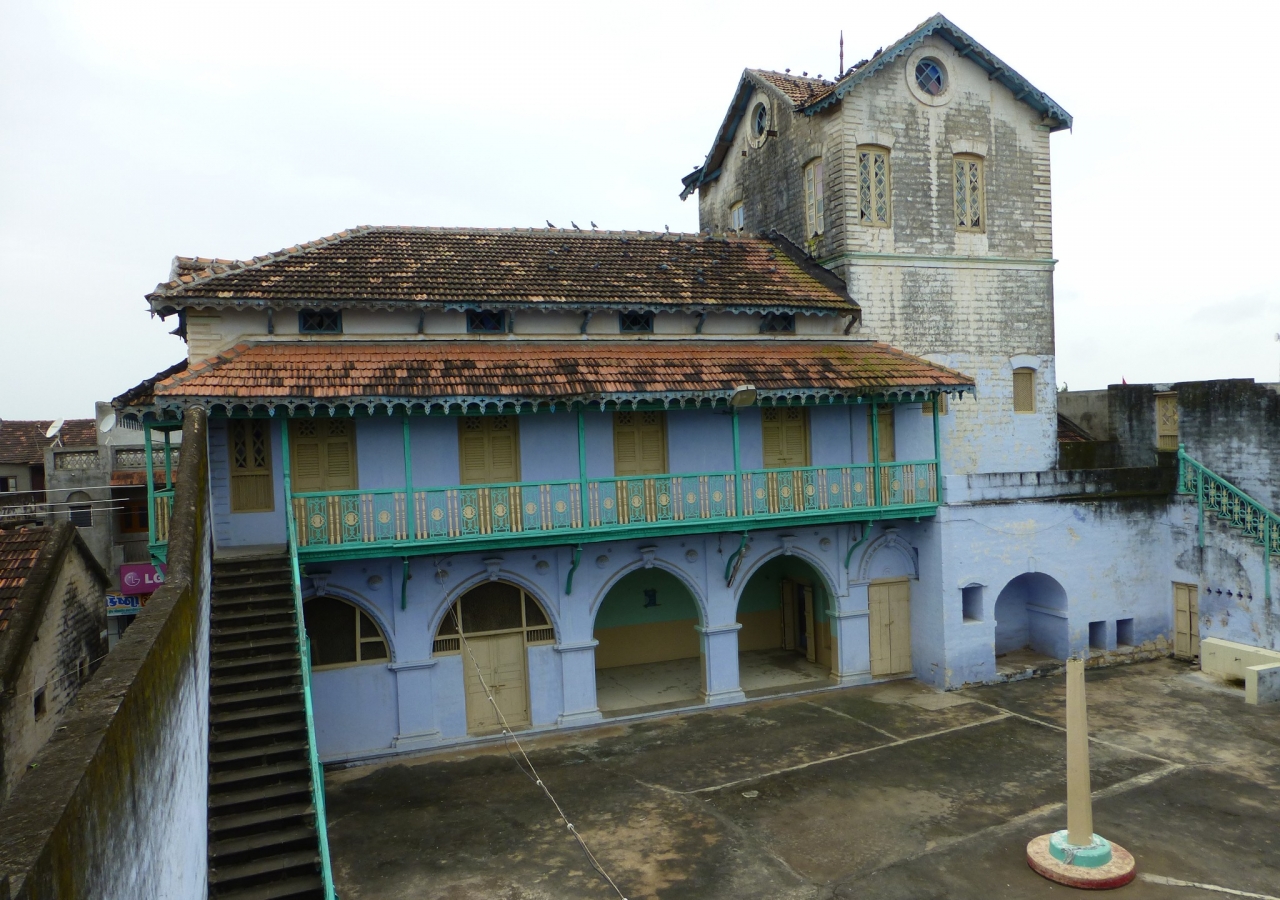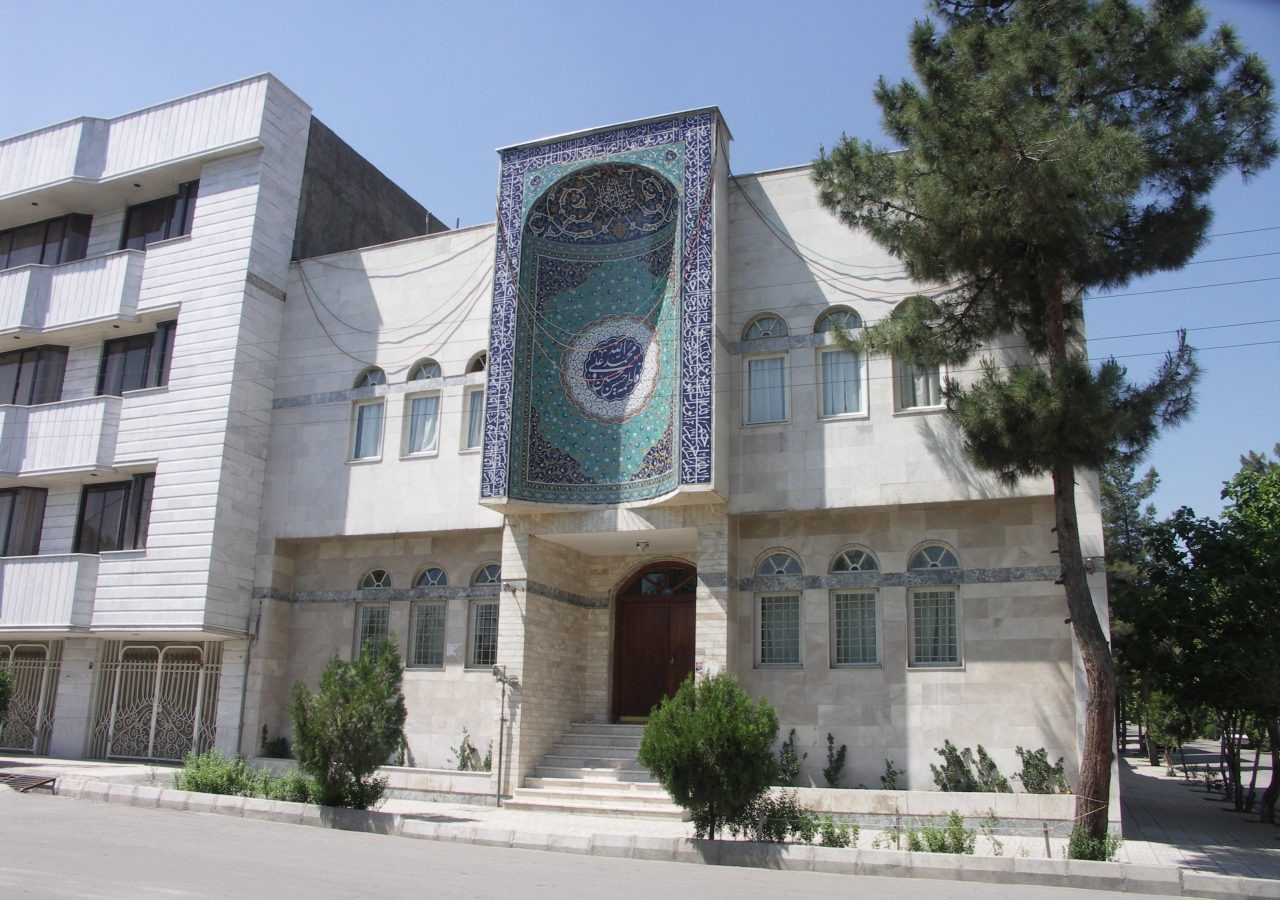While we know very little about the Jamat’s earliest congregational spaces, by the 10th century, mosques scattered throughout the Fatimid Empire provided public venues for those who gave their allegiance to the Imam, alongside those who recognized his role as Caliph, to gather together for prayer and contemplation. The mosque also provided spaces for education, in its broadest of senses, and opportunities to socialize. The mosque was no less than the city’s public square. For it was here that news was exchanged, announcements shared and friendships made. Almost always associated with the more prominent mosques were markets where goods were exchanged and wares bought and sold. In some environments, the mosque also provided amenities for the destitute and those in need. But It was in privates spaces, outside the mosque, in which Ismailis of this period gathered to deepen their education, hear discourses of the Imam and study the faith’s key writings through authorized teachers.
In other parts of the world, such as Syria, Iran, Afghanistan, China, and Northern Pakistan, congregational spaces with a wide variety of names existed long before the Jamatkhana was introduced in the first half of the 20th century. For it was less than a hundred years ago that buildings known as Jamatkhanas began to appear amongst Ismailis whose origins lay outside of the Subcontinent. Before that time, other spaces with other names and other histories, served the functions that Jamatkhanas do today.
Where it was not possible to gather in specially assigned or designated places, community members assembled in other informal or multipurpose spaces. In Soviet-era Tajikistan, community leaders opened their homes for this purpose, oftentimes in secrecy. For, within them, the Jamat demonstrated their allegiance to the distant Imam, renewed their faith through sung poetry and performed religious customs and duties such as chirag-e rawshan ceremony.
It is in South Asia where the origins of the Jamatkhana probably lie. Here, congregational spaces known as gat offer themselves to those who wished to demonstrate their allegiance to their spiritual guide. It was only several centuries later, that the first spaces known as Jamatkhanas (or simply khane or khano) appear in the urban centers in the Indian Subcontinent and amongst Jamats which trace their origins to it. The earliest and most elaborate of these appear in Mumbai as early as 1768, Zanzibar in 1838, Gwadar in 1868, and Karachi in 1876. In at least two of these cases, elements of the original buildings survive and continue to be used as Jamatkhanas to this day.
As Jamats settled in new lands, crossing oceans and continents, Jamatkhanas too emerged. As soon as there was a community, a Jamatkhana followed suit. Shortly afterwards, the Jamatkhana itself began to shape the community in its own ways.
While a Jamakhana is identified by its location or architecture, it is a community that defines it. Through its sturdy walls and ample halls, they bring together diverse people, united in their allegiance to the Imam-of-the-Time, together for a common purpose. They anchor us in our traditions. And yet Jamatkhanas increasingly extend their hands outwards to invite and embrace like-minded individuals for dialogue and discussion, in turn extending the edges of our own communities. Never mind that they are scattered across the world, in different places, no matter which Jamatkhana we go to, whether familiar or new, we always feel welcome and know that we belong. They are places that expel our loneliness and provide a channel to seek practical assistance from our peers and institutions.
While many of us think of the Jamatkhana primarily as a site of our religious observances, it has always been so much more. Jamatkhanas are places where groups come together for a common purpose. They are seniors’ centers and venues for youth camps. The provide venues for our meetings. They allow us the opportunity to serve others, whether formally or through charitable acts such as a smiling and kind words. They act as gateways, providing our children their first exposure, at a grand scale, to the values of our faith. They are beacons amplifying the best elements of community: our closeness, volunteer spirit, generosity and pluralist ethic.
The Ismaili Centres, the most recent articulation of jamatkhanas take this one step further. They are spaces of dialogue, catalysts for conversation and places of confluence. Through their programs, they advocate our values, share our spirit and amplify our Imam’s vision. They aim to be porous, exposing the jamat to key intelligentsia, artists and change-makers while at the same time ensuring that these leaders also have access to the Jamat.
But community is more than simply an idea. It transcends space. More than anything, it is a feeling. In the Jamatkhana, one feels as if they belong to something much grander than themselves. It is a space in which they feel connected to their faith and to others. It is a space in which the community ultimately finds and defines itself, more than any other.













